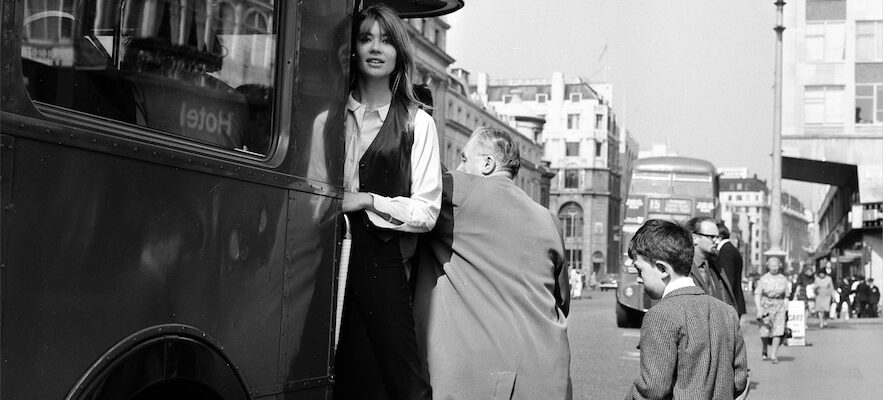As we realized during the controversy that her participation in the opening ceremony of the Paris 2024 Olympic Games sparked, not everyone is expecting Aya Nakamura to play the role of ambassador of French-language song… As a confirmation of her legitimacy, she is the one opening the first major temporary exhibition at the Cité internationale de la langue française, inaugurated last year at the Château de Villers-Cotterêts. In this town in the Aisne region, steeped in history, François I signed the ordinance that made French the official language of law and administration, Molière played his Tartuffe censored in the capital, and Alexandre Dumas came into the world.
And what about Aya Nakamura? The singer of Malian origin has been the most listened to French-speaking artist in the world for six years, including in countries that are traditionally not very sensitive to our cock-a-doodle-doo refrains, such as Costa Rica. So she has her place in It’s a song that resembles us, the sound trail that deciphers, under the aegis of Bertrand Dicale, the global successes of French-speaking popular music. Visitors are warned: it does not necessarily feature the stars of their intimate pantheon – Brassens and Brel for example, absent from the event -, but those who, over the decades, have made the French language shine abroad.
Françoise Hardy in London, May 1968.
/ © Keystone-France / Gamma Rapho
The French refrain is doing well
A song expert and radio man experienced in the role of storyteller, Bertrand Dicale reminds us, not without malice, that despite the long supremacy of English in the charts international, the French refrain is doing rather well on the five continents. Without hierarchy or arbitration of genres, the artists are grouped here around five themes. That of elegance made in France, where Juliette Greco, incarnation of an emblematic femininity, and Henri Salvador, inspiration of the Brazilian bossa-nova, rub shoulders with the French Clémentine, a singer almost unknown in our latitudes, who has been a hit in Asia for thirty years with her jazzy melodies.
Less surprisingly, in the section devoted to fighting and freedom, it is The Marseillaise which wins the prize for the most popular French-language music in the world, just ahead of THE Blood sausagethe official anthem of the Foreign Legion, and not far from the Deserter by Boris Vian, popularized across the Atlantic by Joan Baez in the 1960s. When we approach romanticism through the prism of the language that rhymes “love” with “always”, it is the great globalized voices of the popular repertoire that speak: Edith Piaf, the unbeatable tragedian on the planet, or Céline Dion and her Goldmanian album Twothe best-selling French-language album in the history of records.

Adamo in Japan in 1958.
/ © Benjamin Auger / Filipacchi Archives / Scoop
French-language song is also a trendy epic. That of a pop so chic registered in the avant-garde, like Françoise Hardy, iconized by the Swinging London from the sixties, the Négresses vertes, an unclassifiable post-punk group acclaimed by the British press in the 1990s, or even Stromae, champion of the offbeat video clip. “Well let’s dance now”, Dicale finally seems to tell us at the end of the journey, when he invites pell-mell the titles that have been massively exported by celebrating the dance expression of hedonism. We find there the planetary tidal wave of Kassav’s zouk, the subversive I love you, me neither of the Gainsbourg-Birkin tandem, the subject of international scandal, or, in the wake of the success of The snow is falling, the sensual slow dances of a Salvatore Adamo adored by the Japanese. Both so far and so close, but all very much alive beyond the borders.
